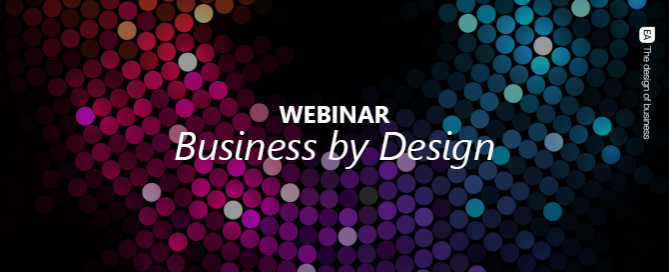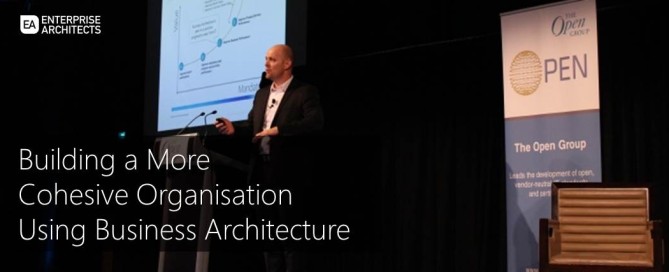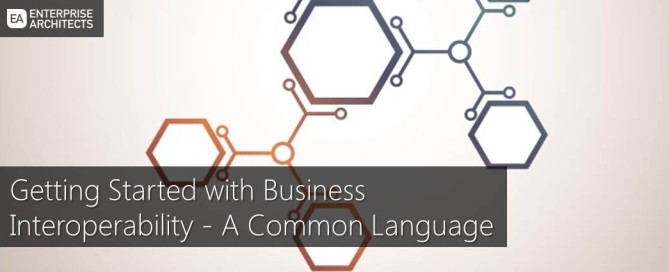On Tuesday the 29th of April 2014 I delivered a webinar in conjunction with our US partner IAG Consulting. If you missed the opportunity to participate, I have provided a summary of the presentation and the recorded webinar video below.
Webinar: Using Business Architecture to Enable Customer Experience and Value Strategies
On Friday the 21st of February 2014, I delivered an Open Group webinar titled ‘Using Business Architecture to Enable Customer Experience and Value Strategies’.
The Digital Playing Field: Positioning the CIO & CMO
You don’t have to look too far these days before you come across a story about the demise of the Chief Information Officer (CIO). Some argue that IT consumerisation, cloud and mobile are bringing into question the need for the CIO. With the ability of practically anyone with a credit card to procure IT services some even go as far as to question the need for an internal IT department all together. Those arguments however come under question when one considers more complex challenges such as the management, integration and utilisation of ‘big data’, information management, experience management and, more recently, digital.
Transformational Change in Higher Education
All organisations are constantly under pressure from various change drivers, but many industries are currently going through massive and disruptive changes. When organisations face such pressures, the response is often to initiate bold but complicated organization-wide transformations. ‘Architecture thinking’ can help plan and manage change, especially in such large-scale efforts. Enterprise Architecture can take a capability-based approach to change that aims to understand which capabilities are strategically significant in order to inform decision making.
Creativity is the Next Competitive Advantage
Do you value creativity in your organisation? In his book A Whole New Mind: Why Right-brainers will Rule the Future, Daniel Pink says we have entered the ‘Conceptual Age’ of creators and empathizers, where creativity will become the competitive difference. He outlines six essential elements: Design, Story, Symphony, Empathy, Play and Meaning.
A short-time ago I spent 3 days with a swarm of highly creative business people in Amsterdam at a Business Models Inc event
What’s Under the Hood of Digital Capability?
It’s everywhere, people swiping and tapping on smartphones doing all number of wondrous things, from paying bills in real-time, ordering cut-price designer clothes, to working out the most cost effective way to arrive in Zanzibar via Rio. This is where the myth begins, where your average punter believes they cannot live without their smartphone and all its wonders. The reality, however, is that the phone is just a digital portal. It’s a small cog in a digital machine where the big cogs in the background are actually responsible for all the smarts.
Top 5 Security Concerns Facing Enterprises
Costs of data loss and theft can be in the millions, covering direct business losses, loss of intellectual property and business intelligence, audit and regulatory fines, compliance remediation costs and significantly — the loss of customer trust, reputation and brand equity.











